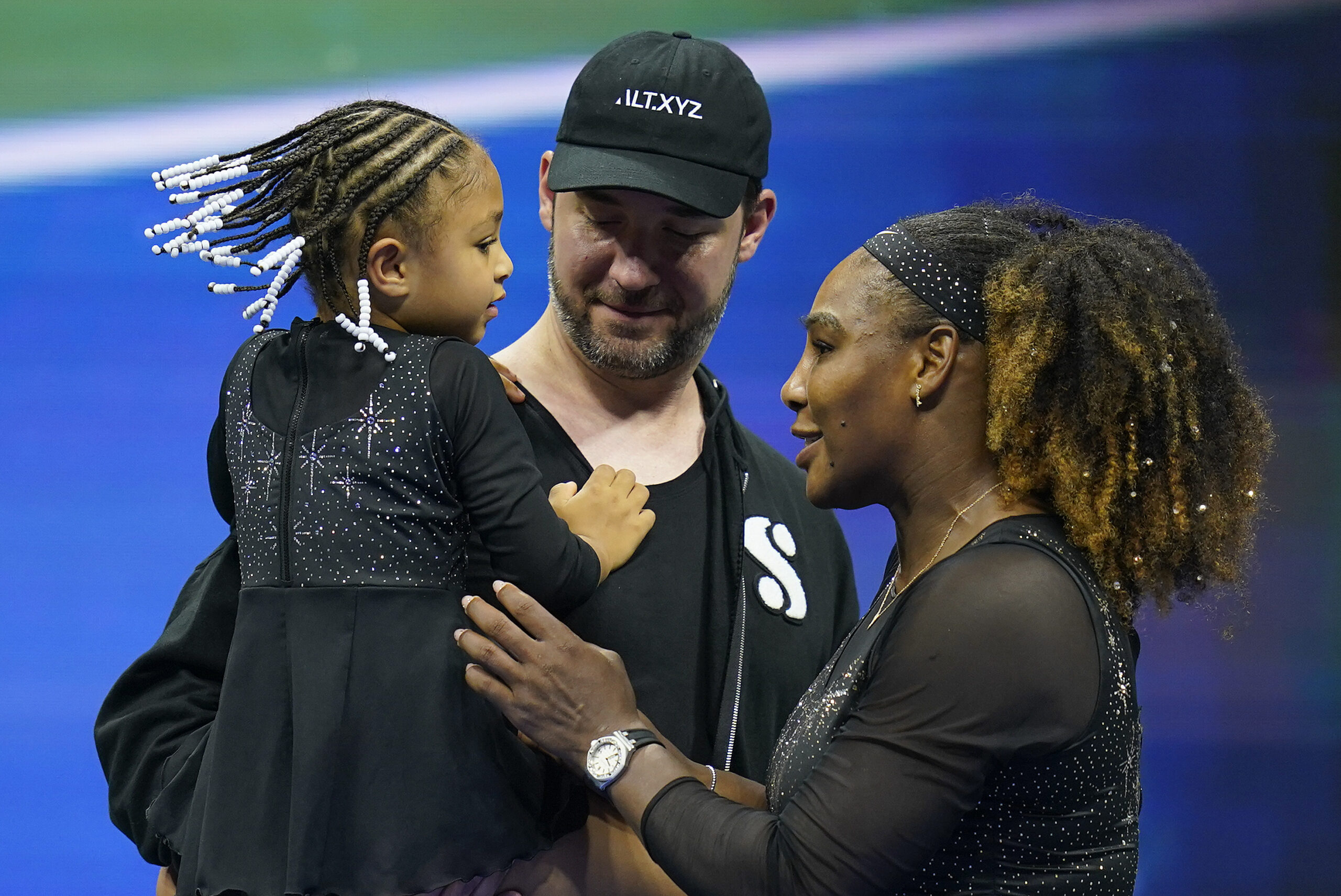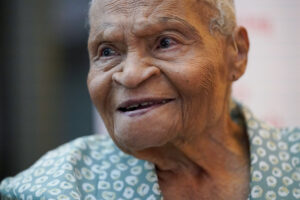Serena Williams knew something was wrong.
Hours after delivering her daughter, Olympia, by emergency cesarean section, the tennis champion felt short of breath. She had a history of blood clots and pulmonary embolism. But when she told the nurse she needed a CT scan and blood thinners immediately, she was initially dismissed.
Williams had to advocate forcefully for the scan that showed multiple small blood clots in her lungs.
It was September 2017. Williams was 36 and arguably the greatest female athlete alive. She nearly died anyway.
Her story became a watershed moment, a celebrity account that made visible what public health experts had been asserting for decades: in America, Black women die from pregnancy-related causes at rates three to four times higher than their white counterparts. In 2023, while overall maternal mortality declined to 18.6 deaths per 100,000 live births, the rate for Black women remained stubbornly elevated at 50.3 per 100,000, a slight increase from 2022’s 49.5, according to the CDC.
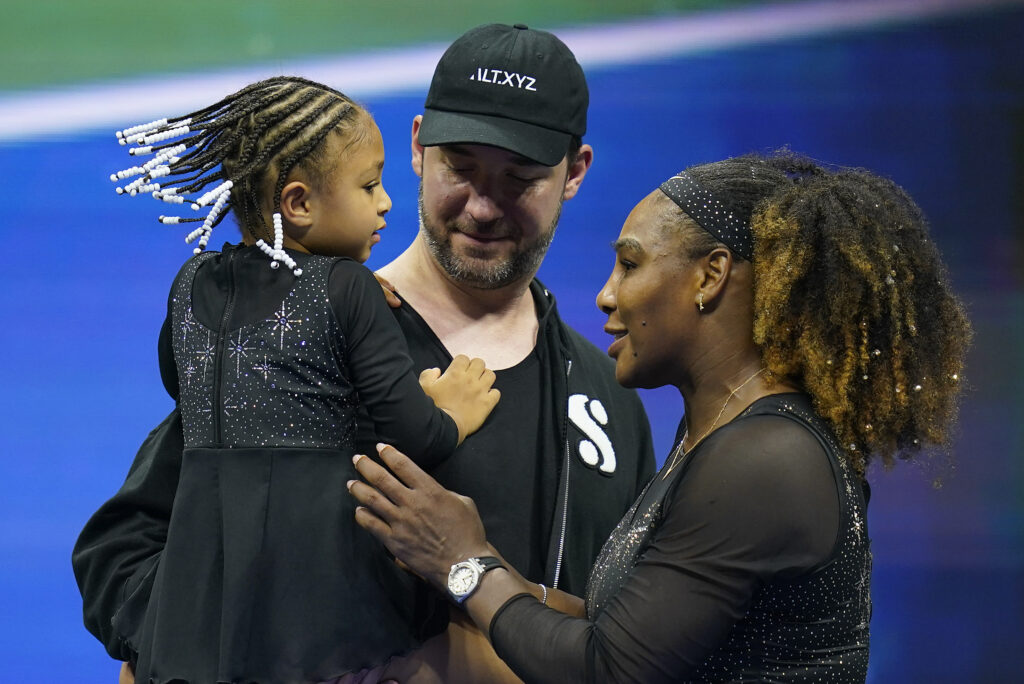
The numbers underline a cutthroat system that doesn’t bend for fame. But behind the statistics are individual stories of dismissal, of pain minimized, of women fighting to be heard in their most vulnerable moments. Increasingly, they’re being told by mothers themselves, from international superstars to community advocates.
Beyoncé’s pregnancy with her twins also nearly killed her. She developed preeclampsia, a condition that causes dangerously high blood pressure, and had to deliver Sir and Rumi at 35 weeks.
“I was swollen from toxemia and had been on bed rest for over a month,” she wrote in a 2018 Vogue essay. “My health and my babies’ health were in danger, so I had an emergency C-section.”
Olympic sprinter Allyson Felix developed severe preeclampsia at 32 weeks, required an emergency cesarean, and later battled postpartum complications
These stories sit inside a pattern driven less by individual risk than by a system that too often fails to hear Black women the first time.
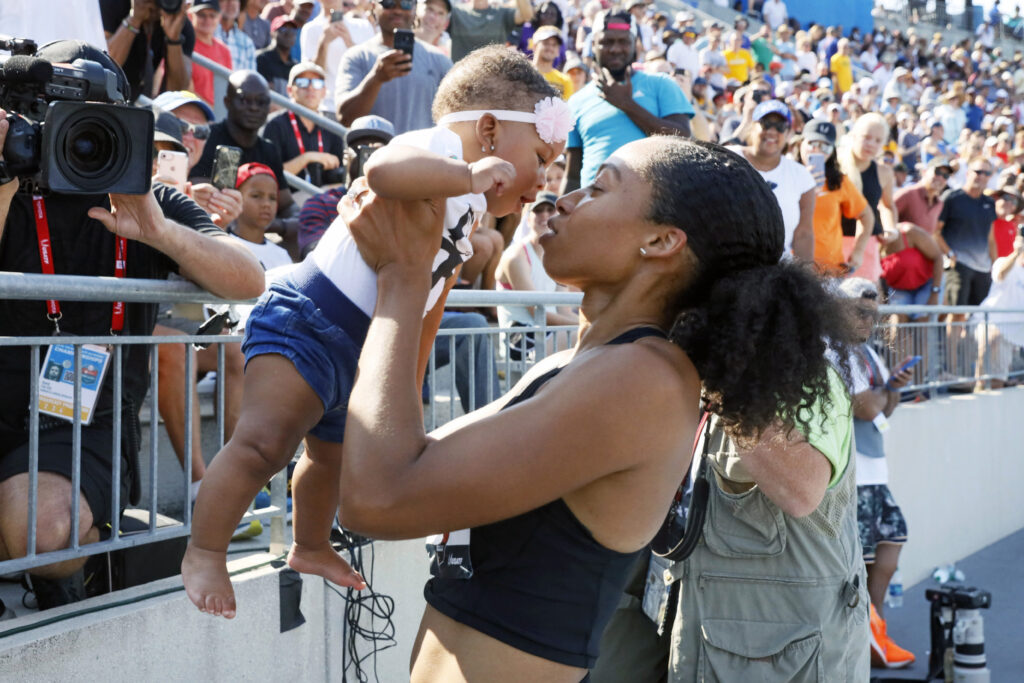
“Evidence shows it doesn’t matter how wealthy, healthy, or well-connected you are; individuals cannot overcome structural impacts,” explains Joy Twesigye, VP of Health Strategy at Colorado Access. “Even Oprah would have the same problems if she were to give birth.”
Dr. Zachary Schulz, a public health researcher at Auburn University who studies structural determinants of health, puts it more bluntly: “When a college-educated Black woman with private insurance still faces higher risks than a less-educated White woman, it should serve as a national wake-up call that the root causes are structural, not circumstantial.”
In Alabama, where Schulz conducts research in partnership with the state health department, the overall maternal mortality rate stands at 36.4 per 100,000 live births, but for Black women, the rate has reached 100.07 per 100,000 in recent years, according to a study by the Milken Institute.
The maternal health crisis facing Black women is what happens when multiple systems were never built with Black women in mind. Health policy expert Kavelle Christie calls it “the architecture of harm: a web of systemic decisions that compound over time, across sectors, and across generations.”
In the United States, nearly half of all births are covered by Medicaid, but in most states, that coverage ends 60 days after delivery, exactly when about two-thirds of pregnancy-related deaths occur, according to the Kaiser Family Foundation. While some states like Colorado have extended coverage to a full year postpartum, the patchwork of policies creates dangerous gaps.
“There is no minimum standard across public or private payers, nor across geographic regions,” Twesigye notes. “Patients aren’t getting the consistency in care that nationally recognized organizations like The American College of Obstetricians and Gynecologists recommend.”
Where Black women live further compounds the problem.
For instance, more than a third of Alabama counties are “maternity care deserts” with no obstetric providers, specifically more than 34% according to March of Dimes data. In Mississippi, 68% of rural hospitals don’t offer labor and delivery services, forcing some women to travel at least 30 minutes, and often 50 minutes or more, to give birth. When those hospitals close, often because Medicaid reimbursement rates are too low to keep maternity units viable, they take with them not just medical expertise but community knowledge, cultural competence, and the kind of relationship-based care that can mean life or death.
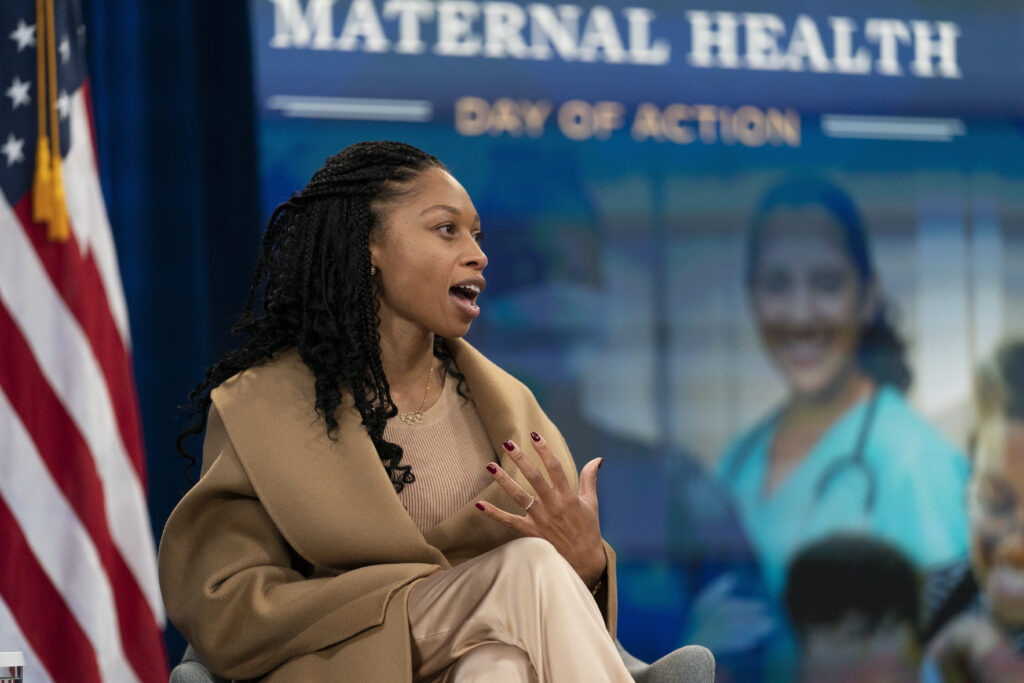
The consequences play out in somber numbers across the Deep South. Georgia’s maternal mortality review committee reports that Black women account for approximately 57% of pregnancy-related deaths despite making up only about 34% of births in the state, with their pregnancy-related mortality ratio reaching 81.4 per 100,000 live births compared to 27.9 for non-Hispanic white women.
Schulz’ research across the Deep South reveals the human cost of these policy decisions.
“Black maternal mortality in the Deep South is a sustained public health failure, with disparities that persist regardless of income or education because structural racism, implicit bias, and decades of underinvestment shape outcomes far more than individual risk factors,” Schulz notes.
Stephaine Courtney knows intimately how the system fails Black mothers. After seven years of infertility and two miscarriages, she finally became pregnant, only to face a cascade of difficulties that nearly cost her and her son their lives. Her baby required multiple surgeries, including open-heart surgery, in the first days of life.
“I was not always heard by doctors; nurses advocated when my voice was ignored,” Courtney recalls. “I carried the fear: If I speak up, will they still fight for my child?”
Her experience led her to found the Shades of Motherhood Network, a Black maternal health advocacy organization that has now helped more than 200 families. What she learned through her own trauma and through serving others is that the failures begin long before the delivery room.
“Failures begin when no one asks about a wellness plan, not just the medical chart, but who will support you along the journey,” Courtney explains. “Without a proactive, complete supportive care team before birth, after birth, or in tragedy, families are left to scramble in their most vulnerable moments.”
The dismissal Courtney experienced, having her pain blamed on stress, being told her concerns weren’t medical, reflects patterns that licensed therapist Nilisha Williams sees repeatedly in her practice. Williams, who founded Ace Wellness and works closely with families dealing with the effects of the Black maternal health crisis, describes how bias manifests in clinical settings.
“Black women are often told they’re overreacting or should tough it out,” Williams explains. “ That stereotype is dangerous because it means women are ignored until it’s too late.”
The stereotype of the “strong Black woman” trope becomes a clinical liability when it prevents healthcare providers from taking Black women’s reports of pain and distress seriously. Research has shown that Black patients are systematically undertreated for pain, with providers rating their pain as less severe and prescribing less aggressive treatment compared to white patients with identical presentations.
The limits of individual solutions
When celebrities like Williams, Beyoncé, and Felix share their stories, they perform a crucial service by making visible experiences that might otherwise be dismissed as individual failures rather than systemic problems. Their platforms amplify voices that might not otherwise be heard, and their survival, because they have resources to fight for appropriate care, offers both hope and a sobering reminder of what could have been.
But visibility alone hasn’t disassembled the structures that create these crises in the first place.
“High-profile stories spotlight the crisis, but the structure remains,” Courtney notes. “Even wealthy, visible Black women face dismissal because bias doesn’t disappear with money. Visibility matters only when it fuels structural change.”
The persistence of disparities despite increased awareness reveals something uncomfortable: that individual solutions, better self-advocacy, more education, and greater wealth can’t overcome systemic failures. Even the most resourceful, well-connected Black women find themselves navigating systems that weren’t designed to serve them.
One example of this is Dr. Shalon Irving, a CDC epidemiologist and maternal health expert who died from complications following childbirth in 2017. Irving had a doctorate in psychology, worked at the nation’s premier public health agency, and had access to excellent healthcare. But she still died from preventable complications, leaving behind a newborn daughter and a body of work dedicated to understanding exactly the kinds of disparities that killed her.
Dr. Faith Ohuoba, a board-certified OB-GYN and women’s health advocate who has also navigated her own postpartum complications, frames the issue grimly: “The heartbreaking reality is that nearly 80% of maternal deaths in the United States are preventable,” Ohuoba says. “That statistic isn’t just a number but a reflection of systemic neglect, fractured care delivery, and a persistent undervaluing of Black women’s lives.”
In Mississippi, where Black women die at more than four times the rate of white women, two-thirds of rural hospitals lack labor and delivery services.
“Programs like state-funded doula pilots, midwife integration, and bias training with accountability metrics are not extra; they are foundational to reversing these trends,” Schulz argues, “yet they remain scattered, underfunded, and far from the scale this crisis demands.”
Models that work
Across the country, community-based programs are demonstrating what’s possible when care is designed with and for Black mothers. These models share common elements. They are relationship-based and treat social and emotional support as essential components of medical care.
At Shades of Motherhood, families meet with a family navigator and complete a personality match to choose a doula, someone without formal obstetrics training who supports women during pregnancy and delivery. They receive 12 months of continuous care plus team-based support, including emergency doula care, herbal education, lactation workshops, and basic supplies. Crucially, services aren’t means-tested.
“Putting families in control of their wellness may feel unfamiliar at first, but it builds advocacy, healing, and generational wisdom,” Courtney says.
The approach works because it addresses the full spectrum of factors that influence maternal health. It recognizes that a woman’s experience of pregnancy and childbirth is shaped by her housing situation, her support network, her previous experiences with healthcare, her mental health, and her sense of agency in her own care.
Williams, the therapist, describes what effective care looks like from a mental health perspective.
“The care that truly works is the kind where you are seen and heard as a whole person, not just a patient or a file. When someone from your community, who shares your culture and understands your history, listens deeply, it creates a powerful connection.”
Structural change
The failure of the ealthcare system to serve Black mothers exists because of the way care is structured, funded, and delivered. And addressing it requires changes that go far beyond diversity training.
“In all honesty, I’m not sure if there is any training to solve this,” admits Twesigye. “How do you untrain bias? I think the provider needs to be open to understanding their own bias and realizing that a checklist doesn’t remove that bias.”
Instead, she advocates for structural changes. This looks like providers deciding to stay curious, to really connect with patients, to use clinical protocols as guides rather than rigid scripts. But even more importantly, the healthcare system needs to address the conditions that make maternal mortality more likely in the first place.
Christie, the health policy expert, argues for systemic reform.
“We need investment in clinical trials, tech-enabled tools, and new models of care delivery that are designed with and for Black women and birthing people. The care models we have now should be scaled, but we also need to fund the next generation of innovation that can drive equity, not just respond to crises.”
But Christie is also clear about the scope of what needs to change.
“At CRPHI, we examine what I call the architecture of harm: a web of systemic decisions that compound over time, across sectors, and across generations,” she explains. “The maternal health crisis facing Black women isn’t the result of one broken part; it’s what happens when every part was never built for us to begin with.”
Christie’s analysis connects maternal health to broader policy failures, one that Ohuoba agrees with.
“What is missing is a sustained investment in policy reform, clinical accountability, and provider training,” Ohuoba says. “We need to move from viral headlines to systems-level change: extending Medicaid postpartum coverage, funding community-based care models, diversifying the perinatal workforce, and embedding anti-racism into every layer of healthcare delivery.”
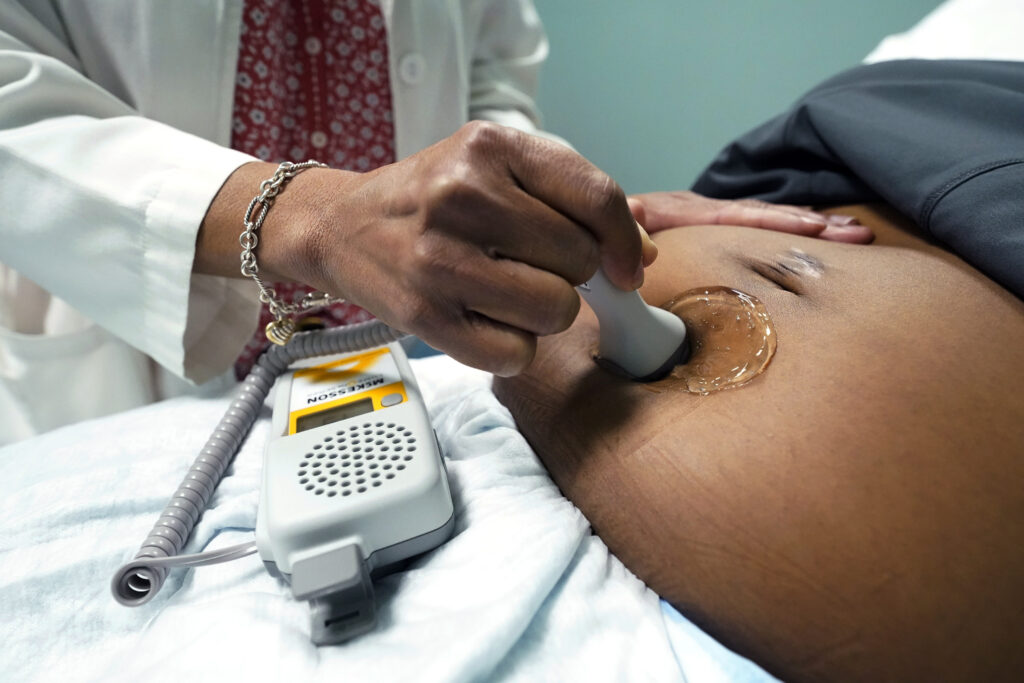
This means addressing chronic diseases before pregnancy through programs like the CDC’s National Diabetes Prevention Program. It means ensuring that Medicaid coverage extends for a full year postpartum in every state. It means funding community-based birth centers sustainably, not just as pilot programs. And it means accountability measures that tie hospital funding to outcomes, including disparity reduction.
Christie’s work in health policy has shown her how bias operates at multiple levels.
A Black woman reports shortness of breath; it’s called being nervous. She reports pain: it’s minimized. Her vitals change, but no one acts,” Christie describes. “These aren’t always dramatic moments of mistreatment; sometimes they’re small acts of dismissal that add up to harm.”
Christie emphasizes that addressing maternal health disparities requires acknowledging how racism operates systematically: “Bias in medicine is not only about intent, it’s also about impact, and it’s baked into how we train, how we triage, and how we respond. In many clinical spaces, Black women are still perceived as less credible, more difficult, or simply strong enough to withstand what others wouldn’t be asked to endure.”
Healing from trauma
For Courtney, building Shades of Motherhood was itself a form of healing. “Out of my pain, I built an organization that has served 200+ families with a dedicated team of seven,” she says. “My mantra is that support is the new superpower. It only works when people are prepared to receive it.”
Seven years have passed since Serena Williams nearly died giving birth to her daughter. In that time, her story and those of other high-profile Black mothers have sparked outrage, advocacy campaigns, and policy changes, but the rudimentary structure remains largely unchanged. Black women still die at three to four times the rate of white women. The Deep South still resembles what Schulz calls “infrastructure collapse in slow motion.” And individual Black women still find themselves fighting to be heard, believed, and treated with basic dignity in their most vulnerable moments.
The revolution that Williams’s birth trauma helped to ignite is far from finished, though it has undeniably evolved.
“Giving birth to my baby, it turned out, was a test for how loud and how often I would have to call out before I was finally heard,” she has said. Her experience is both a personal story and a warning: until the system hears Black women for the first time, the work of that revolution remains largely unfinished.


